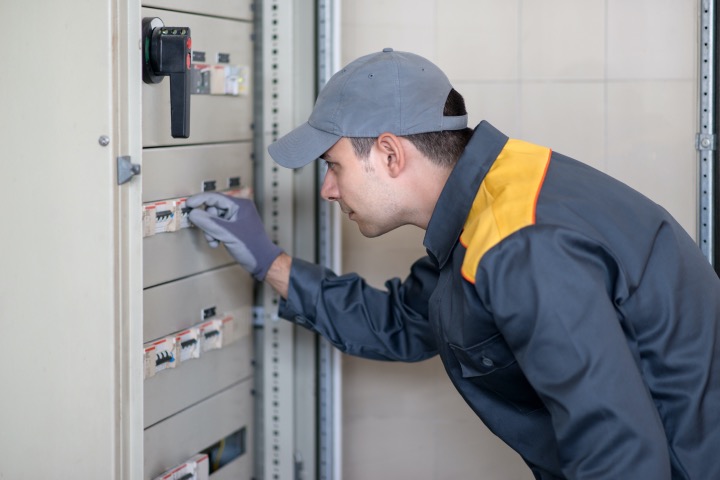
We often ignore outlets and switches, critical components of any electrical system. They allow for ventilation and powering appliances, and technological advancements have made them increasingly versatile and helpful. By learning how to choose safe outlets and switches, you can make a more informed decision when purchasing your home’s electrical system. Read on to learn more about the types of outlets and switches available and their capabilities. Then, you’ll be glad you did! You can also find out more information through different local providers, like the switches and outlets Philadelphia PA.
Ground fault circuit interrupter (GFCI)
GFCI outlets are a vital safety feature in any modern electrical system. A GFCI outlet monitors the current going to an appliance and disconnects power if it senses a change. It could potentially save your life. These outlets usually have a red or black “test” button to reset the circuit after a test. If the GFCI fails to detect a faulty electrical current, it will reset the course to protect the home’s occupants.
A GFCI installed on your home’s electrical outlets is the most innovative way to prevent electrical shocks. They are designed to monitor the difference in current flow between the circuit and the surrounding area and automatically cut off the electricity flow when the current is too great. Using a GFCI is essential for your safety and will significantly reduce the severity of an electrical shock.
230V AC
In the past, the UK and mainland Western Europe each had their nominal voltage for their main electricity supply. Since 240V was never implemented in the UK, it’s common to see all of these voltages listed together, but the new standard is much more strict than the previous one. As a result, 230V, which stands for 230 volts, is the standard used throughout Western Europe.
Buying a good set of outlets and switch sets is an integral part of the process, as there are certain factors you need to consider. For example, certain appliances require a higher input voltage than others. If the outlet or switch is loose, it could allow the wires to arc, creating a potential fire hazard. Fortunately, there are plenty of tools for repairing open outlets and switches, including small washers and wires wound around a screw.
15 Amps
When installing electrical devices, choose outlets and switches that are rated for the current they handle. The National Electric Code sets the maximum amperage limit for electrical components. If you exceed this limit, the device may not function properly or could fail. The maximum safe amps for all electrical appliances are 15 amps. Make sure the switch matches the voltage, too. For example, if you have a 20 amp circuit, use a 15 amp switch.
It would be best to have separate circuits for lights and electrical receptacles. In addition, make sure that each outlet is on a different circuit. The maximum wattage for a 15 amp circuit is 1440 watts. To determine the proper wattage of your electrical appliances, check the packaging and see if they fit on the circuit. Most new construction bedrooms have outlets every six feet and junction boxes in the ceiling. Make sure you check the wattage before you buy them.
Combination switches
Combination switches and outlets are designed to combine two separate functions into one. Whether a single switch and a dimmer, a receptacle and a fan or a combination of these functions, they are safe switches and outlets. These devices should be installed using through-switch wiring. During installation, ensure that the power is disconnected from the combination switch before removing it. It would be best if you always cut and strip rebent wires before connecting them back to the switch.
To connect a combination switch and outlet, you must determine which wires are hot and neutral. You can click the hot circuit wire to a brass screw and the white neutral to chrome or green screw for a single outlet. Ground wires connect to the ground screw. A combination switch and outlet are also safe for children and pets. If the combination switch and outlet are installed correctly, they will be safe to use in the home.
